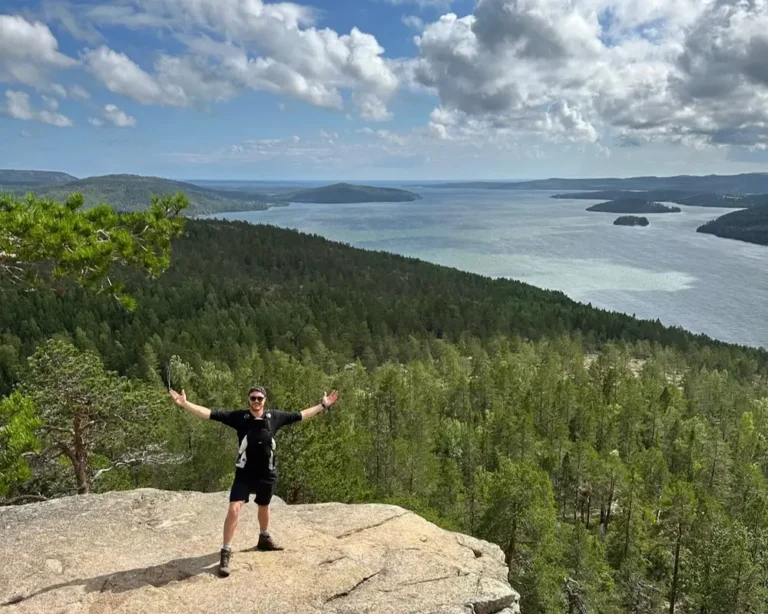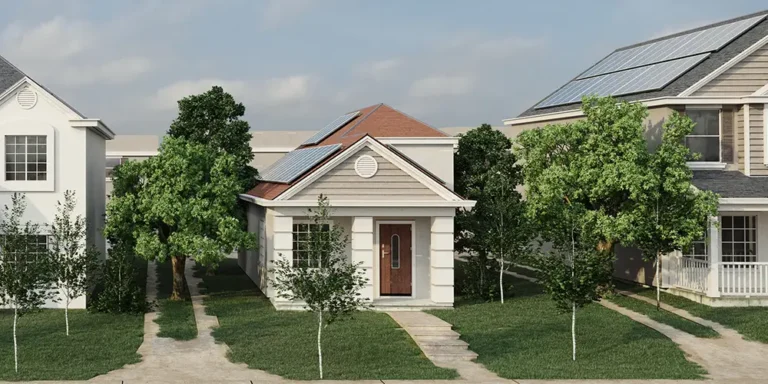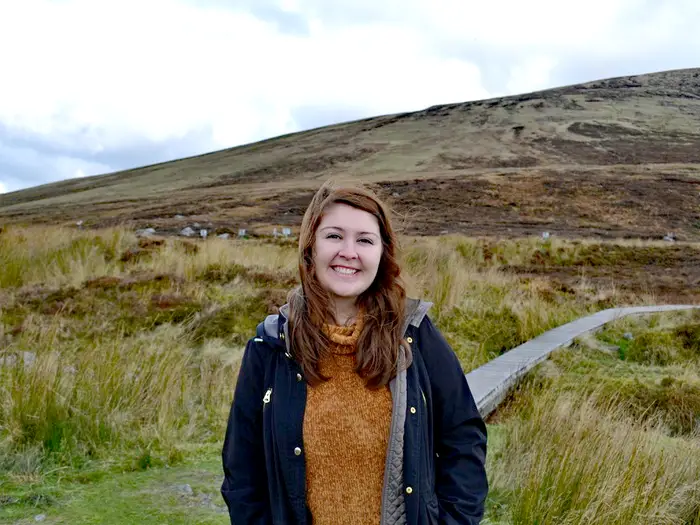At 18, she dreamed about moving to Japan. When she turned 50, she quit her job and bought an abandoned home near Osaka.
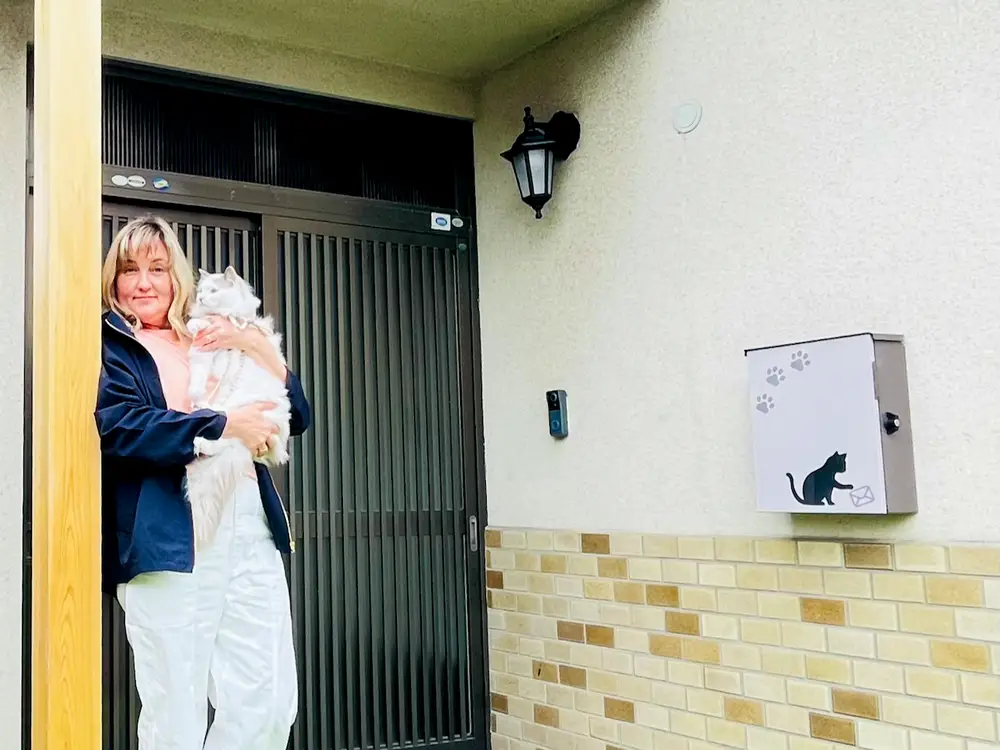
Chani left Australia to pursue her lifelong dream of living in Japan.
Last year, right before her 50th birthday, Chani decided something in her life had to change.
She had been working as a Japanese language teacher in a school in Brisbane, Australia, for six years, and her 10-hour workdays were starting to wear on her.
In addition to teaching, she managed six staff members and was in charge of about 300 teenage students. To protect her students’ privacy, she asked to be identified only by her first name.
“You’re always on a knife’s edge with what’s going to happen the next day. Young teenage kids can be a little bit unpredictable,” Chani, now 51, told B-17. “I was always quite worried about the students, and then taking home a lot of emotional baggage that came with that job.”
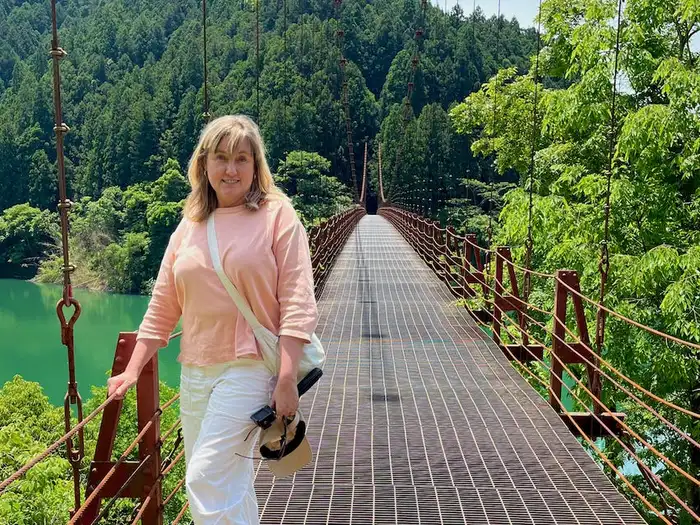
Chani felt stuck in a rut after years of being a Japanese language teacher in Brisbane, Australia.
There was also the significance of hitting 50, which felt like a big milestone.
“You feel like you’ve reached that midpoint in your life, and you’re like, oh my gosh, I’ve only got half left,” Chani said. “I just can’t keep going on this treadmill. I’ve got to change something.”
All she could think about was moving to Japan, where she’d always felt the happiest.
“I had been taking students to Japan as part of their language course every two years, and every time I was there, this peace washed over me,” Chani said. “The smell, the sounds, the people, everything just sort of felt right.”
With her two children now adults, there was no better time for her to take the leap. In April last year, Chani packed up her bags, said goodbye to her family, and left for Japan.
A lifelong fascination with Japan
Chani’s love affair with Japan started years ago when she was in college. She did a homestay with a local family in Shikoku, the smallest of Japan’s major islands.
Every weekend that summer, her homestay family would take her on long drives through the countryside.
“I used to look at the houses and the people tending to their gardens,” she said. “I always thought, ‘One day, I’m going to live in a Japanese house in the countryside, and that’ll be me, outside, tending to my garden.'”
Her time in Japan had such an impact on her that she decided to learn the language formally after returning to Australia. In university, she specialized in teaching Japanese — and that’s what she did for the next two decades.
Now, Chani is an English teacher in a Japanese school in Wakayama, a town about 45 minutes from Osaka. She also runs an online Japanese language course on the side.
“I decided to be here based on how quickly I could get home, because I have parents who are in their seventies, and I’ve got two kids,” she said. “I wanted to be able to jump on a plane the next day if I needed to and not have a long trek to an international airport.”
Brisbane is about nine hours away from Osaka by plane. Many Australians, who have to fly over double the hours to get to Europe or the US, would consider this close.
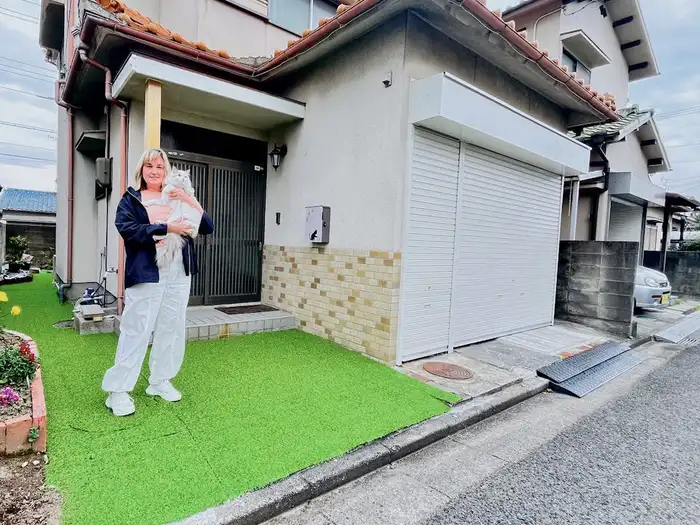
She now lives in Wakayama, a town about 45 minutes from Osaka, with her pet cat.
The first couple of months into her time in Japan, Chani lived in a two-bedroom rental apartment.
Her time there made her realize that she wasn’t suited to apartment living at all. Back in Australia, she had always lived in a house, and she wanted to be able to have a yard. She also wasn’t used to having neighbors all around.
“Probably within a month of living in the apartment, my next goal was to buy a house quickly and get out of there,” Chani said.
Turning an akiya into a home
With a budget of 50,000 Australian dollars, or about $33,600, Chani decided to buy and renovate an akiya to keep her costs low.
Japan has about 8.5 million akiya, or abandoned homes, in the countryside. The nation’s shrinking population and internal migration from the countryside to the cities have resulted in millions of unoccupied houses in rural areas.
Local governments are listing some of these akiya for sale for as low as $500 in a bid to lure new residents to these “ghost towns.”
Due to a lack of restrictions on foreigners purchasing property in Japan, an increasing number of foreigners are choosing to buy and revitalize these old homes.
“I didn’t want to make the mistake of buying in the wrong area, so I asked quite a few locals who were very candid with me about the various ‘no-go zones,'” she said.
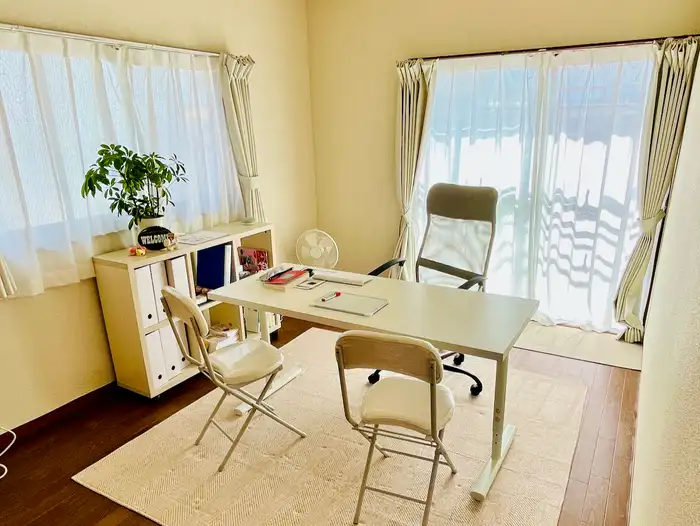
The property had been empty for about 6 years but was well-maintained.
Once she decided on the general neighborhood that she wanted to live in, she started doing drive-bys and walk-bys of various listings before narrowing down her choices.
With the help of a real-estate agent, she found the perfect akiya to call home.
It was a two-story house, with three bedrooms upstairs and a living area, a dining room, and a kitchen downstairs.
Although the property had been sitting empty for about 6 years, it was well-maintained by the family of the former owners.
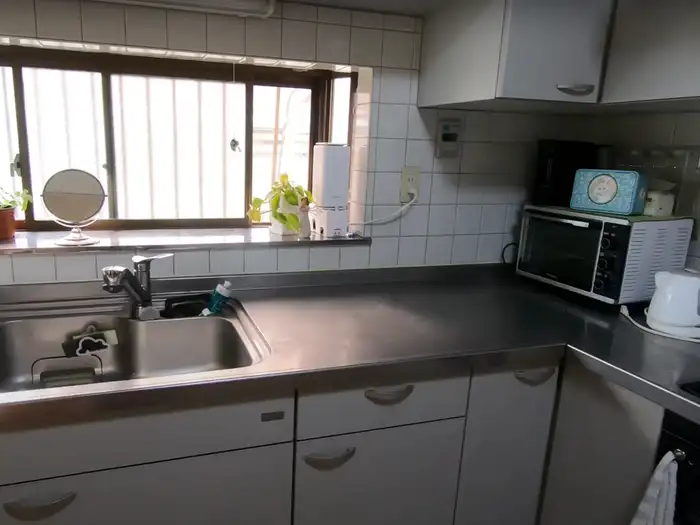
The living area, a dining room, and a kitchen are downstairs.
“When I walked through it, it was still pretty dirty; It was obvious it hadn’t been lived in for a long time, but it wasn’t falling down,” Chani said.
The main thing that drew her to this particular property was its huge front room.
“I have a car, and all of the other akiya that I looked at had no parking,” Chani said.
Her whole goal was to live rent-free — save for her monthly utility bills — and having to rent a separate parking spot somewhere in the neighborhood didn’t make sense.
“It was just another bill that I had to pay that I was trying to avoid. This one had the opportunity to convert the front room into the garage, which is what I ended up doing,” she added.
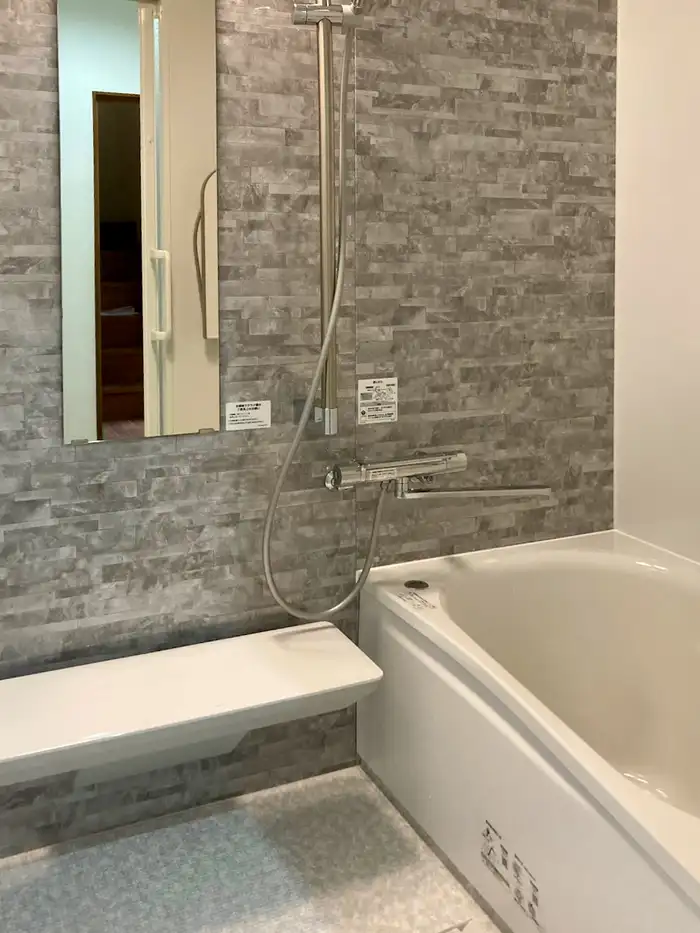
It had a modern bathroom with a flushing toilet.
Moreover, the house had a modern flushing toilet, which meant that Chani wouldn’t have to replace the entire septic system.
In August 2023, she bought the property for 2 million Japanese yen, or about $13,400.
Location-wise, it’s the best of both worlds.
On one hand, she’s surrounded by nature; There are mountains in the back and even a beach about a 15-minute drive away.
“If I get in my car and drive for, say, five or six minutes, I’m in the countryside. I’m literally in fields of rice,” she said.
But that doesn’t mean that it’s difficult for her to get around either.
“I’ve got five convenience stores wrapped around me. The supermarket is a five-minute walk, while the closest train station is an eight-minute walk, she said, adding that she can even walk to her office in 18 minutes.
‘Manifested’ her dream life
Chani has also been documenting her akiya journey and her life in Japan on YouTube.
While there are many foreigners who are running similar channels dedicated to renovating akiya, Chani said she couldn’t relate to their experiences.
Lawrence Covian, a US Army vet, and his wife previously told B-17 they bought an akiya in Iwakuni for $35,000. His job with the US government had brought him to Japan, and now he has no plans to return. Eric McAskill, a Canadian millennial, told B-17 he bought an aliya because restoring a house in the Japanese countryside was his lifelong dream.
“There was no woman my age,” Chani said. “Where are the women who are in their middle age who are buying houses? There was no one that I could follow to get guidance.”
That encouraged her to share her own journey online.
“I thought there might be someone like me who wanted to do this but didn’t have anyone that they could look at and get information from, she added.
She has a piece of advice for others who are also interested in moving abroad: Don’t rush into the decision.
“For me, it was all about having that long connection with Japan and knowing what I was getting myself into,” Chani said.
That said, a lot of problems can be solved, and there’s no need to let fear stand in the way of a new adventure — especially if it’s a lifelong dream, she added.
Looking back on her journey, Chani says she’s glad she found the courage to take the leap and build the life she’d always dreamed of.
“I’m really, really happy with life here in Japan, and I’ve gradually formed new friendships,” she said.
Of course, she wishes her family were here, too, but that’s OK because they stay connected via video calls and are planning to visit, she said.
“I sort of manifested it when I was 18, but then life got in the way,” she said. “But I guess it was always in the back of my mind. I do want to live out that dream life that I saw when I was 18, and I want to do that for myself.”




